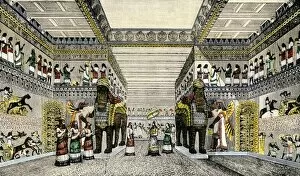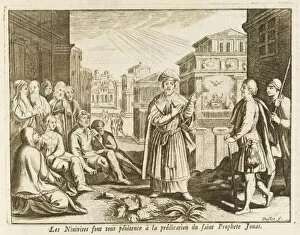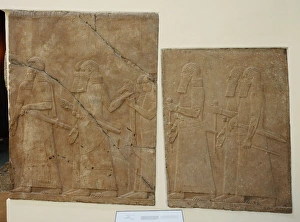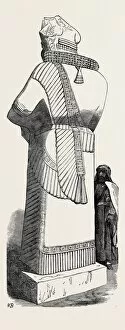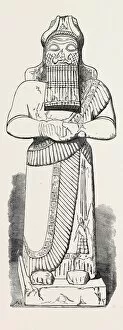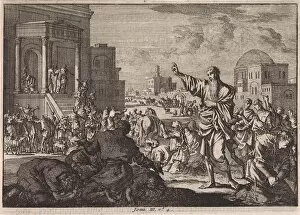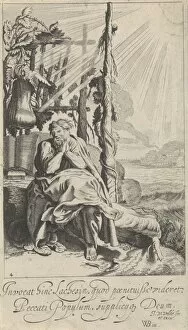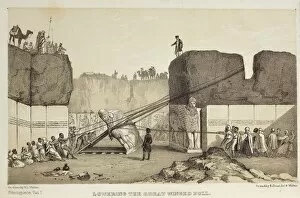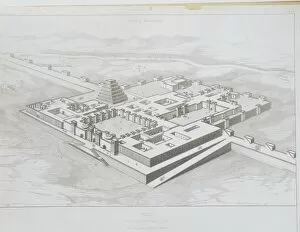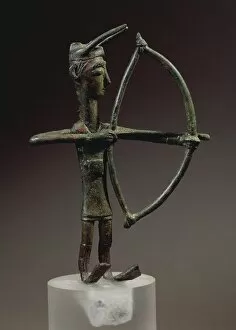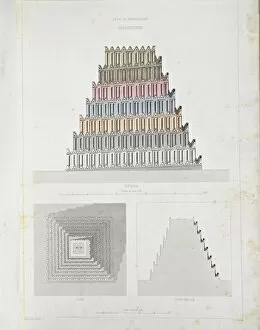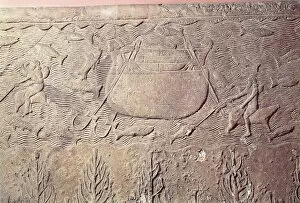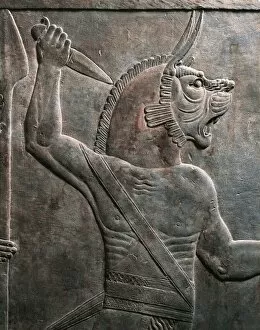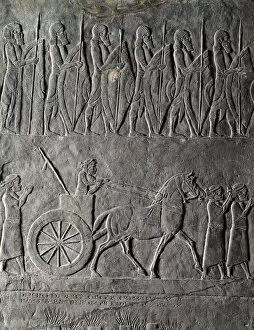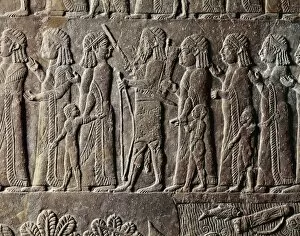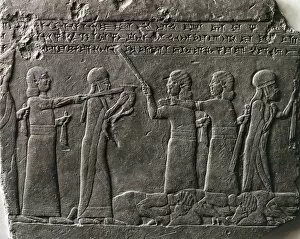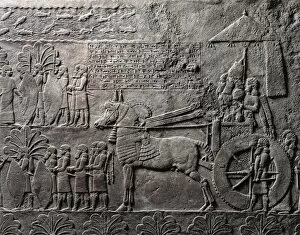Nineveh Collection (page 6)
"Discovering the Ancient Splendor of Nineveh: A Glimpse into Assyrian History" Step back in time and immerse yourself in the grandeur of Nineveh
All Professionally Made to Order for Quick Shipping
"Discovering the Ancient Splendor of Nineveh: A Glimpse into Assyrian History" Step back in time and immerse yourself in the grandeur of Nineveh, an ancient city that once stood as a testament to the power and opulence of the Assyrian empire. From intricate openwork plaques to majestic reliefs, this captivating civilization comes alive. Picture yourself witnessing the mighty Assyrian king, adorned in regal attire, commanding his chariot with unparalleled authority. The ivory plaque depicting a striding sphinx transports you to a bygone era, where artistry met mythological symbolism. Gazing upon the mounds of Kouyunjik and Nebbi Yunus, one can almost hear echoes from centuries past. These remnants bear witness to the architectural prowess that characterized Nineveh's landscape – a testament to its former glory. The Palace of Ashurbanipal reveals itself through detailed relief carvings capturing King Ashurbanipal on his chariot. Each stroke tells tales of conquests and triumphs etched into stone for eternity. Intriguing drawings from early explorers offer glimpses into what was once lost but now found. Monuments rise before our eyes as we delve deeper into their mysteries – each line drawn with reverence for an ancient civilization long forgotten. Semiramis emerges as one among many great queens who left indelible marks on history's tapestry. Her legacy stands tall alongside other influential women who shaped empires and defied societal norms. Even biblical stories find their place within Nineveh's narrative; Jonah exhorting its people to repentance serves as a reminder that even great cities are subject to divine intervention. Beyond archaeology lies romance - Max Mallowan and Agatha Christie embarked on expeditions together, unearthing not only artifacts but also love amidst these ancient ruins.







